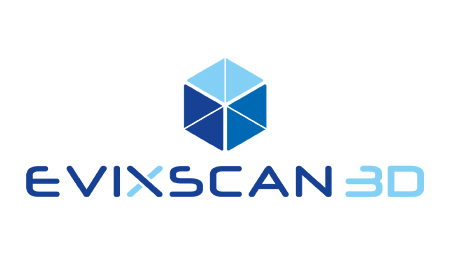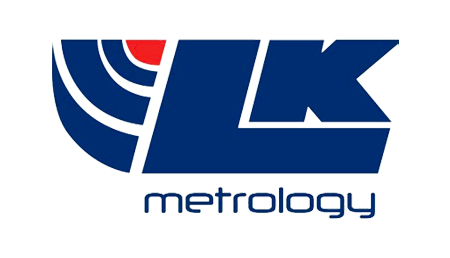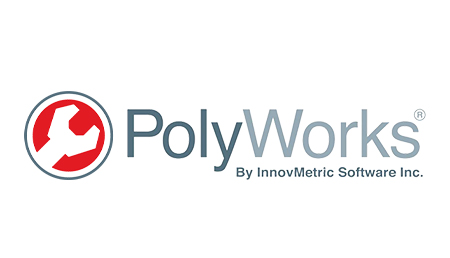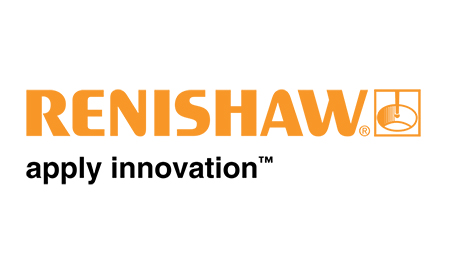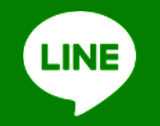หัวสัมผัสผิวชิ้นงานสไตลัส Styli (Stylus) RENISHAW
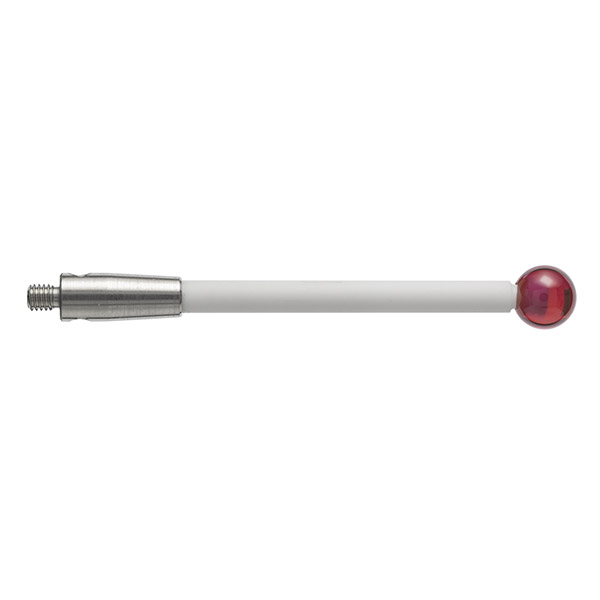
Styli M3
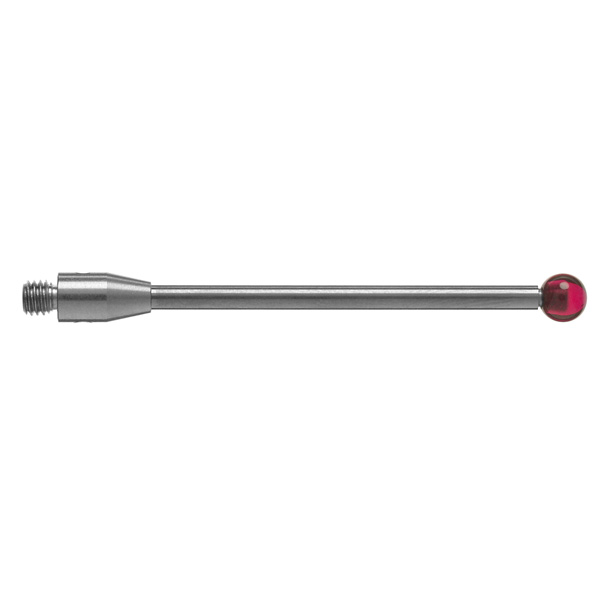
Styli M4
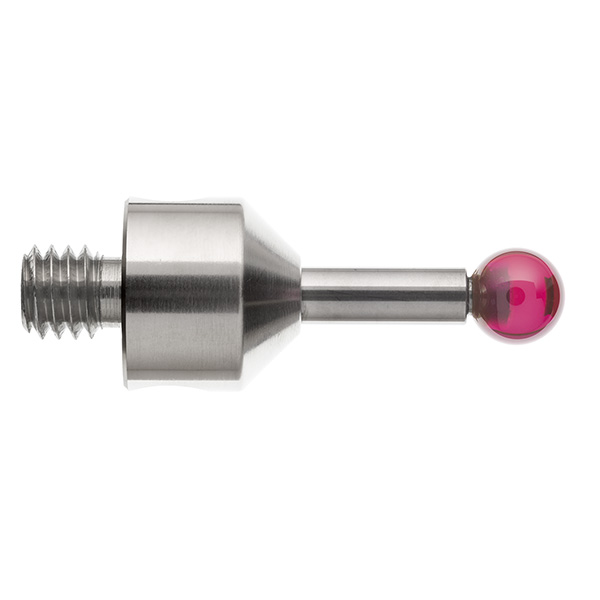
Styli M5
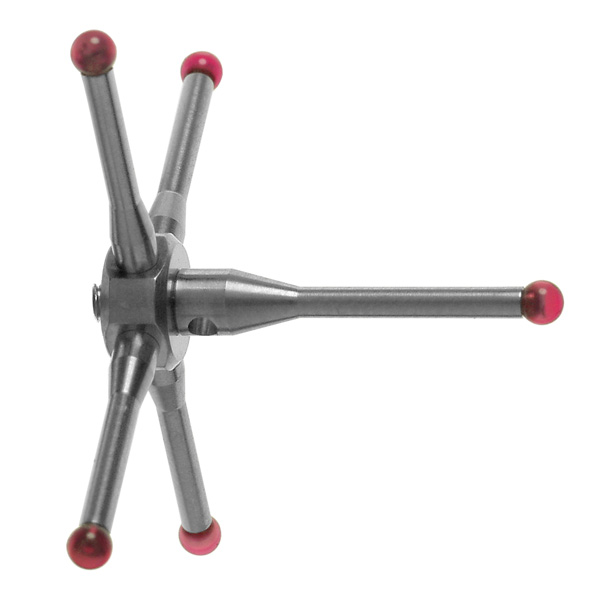
Styli Star
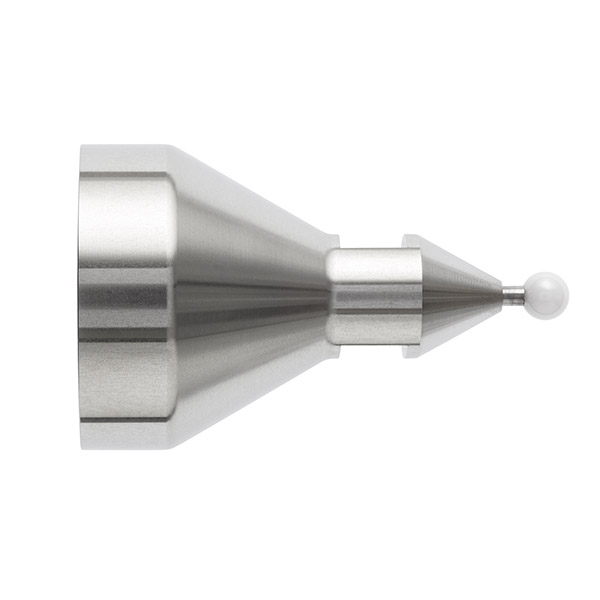
Styli for Faro Arms
CHOOSING STYLI FOR INSPECTION
A few simple rules can be applied to maximize accuracy for most probing applications.TERMINOLOGY
A = ball diameter
B = overall length
C = stem diameter
D = effective working length
B = overall length
C = stem diameter
D = effective working length


OVERALL LENGTH
Renishaw uses a standard description of overall length, measured from the rear mounting face of the stylus to the centre of the ball.
EFFECTIVE WORKING LENGTH (EWL)
This is measured from the centre of the ball to the point at which the stem will foul against the feature when measuring 'normal' to the part.
RULES FOR CHOOSING A STYLUS
A few simple rules for stylus selection can be applied to maximize accuracy for most probing applications
KEEP STYLI SHORT
The more the stylus bends or deflects, the lower the accuracy. Probing with the minimum stylus length for your application is the best option.

MINIMISE JOINTS
Every time you join styli and extensions, you introduce potential bending and deflection points. Try, wherever possible, to keep to the minimum number of pieces possible for your application.
KEEP THE STYLUS BALL AS LARGE AS POSSIBLE
There are several reasons for this:
- it maximises your ball/stem clearance, thereby reducing the chance of false triggers caused by 'shanking out' on the stylus stem, and increasing the EWL;
- a larger ball allows a larger stem diameter, increasing the stiffness of the stylus;
- the larger ruby ball reduces the effect of the surface finish of the component being inspected.
EWL can also be affected by assembly tolerances. For this reason Renishaw styli are assembled to exacting standards in controlled conditions.
- it maximises your ball/stem clearance, thereby reducing the chance of false triggers caused by 'shanking out' on the stylus stem, and increasing the EWL;
- a larger ball allows a larger stem diameter, increasing the stiffness of the stylus;
- the larger ruby ball reduces the effect of the surface finish of the component being inspected.
EWL can also be affected by assembly tolerances. For this reason Renishaw styli are assembled to exacting standards in controlled conditions.
 TH
TH  EN
EN 
